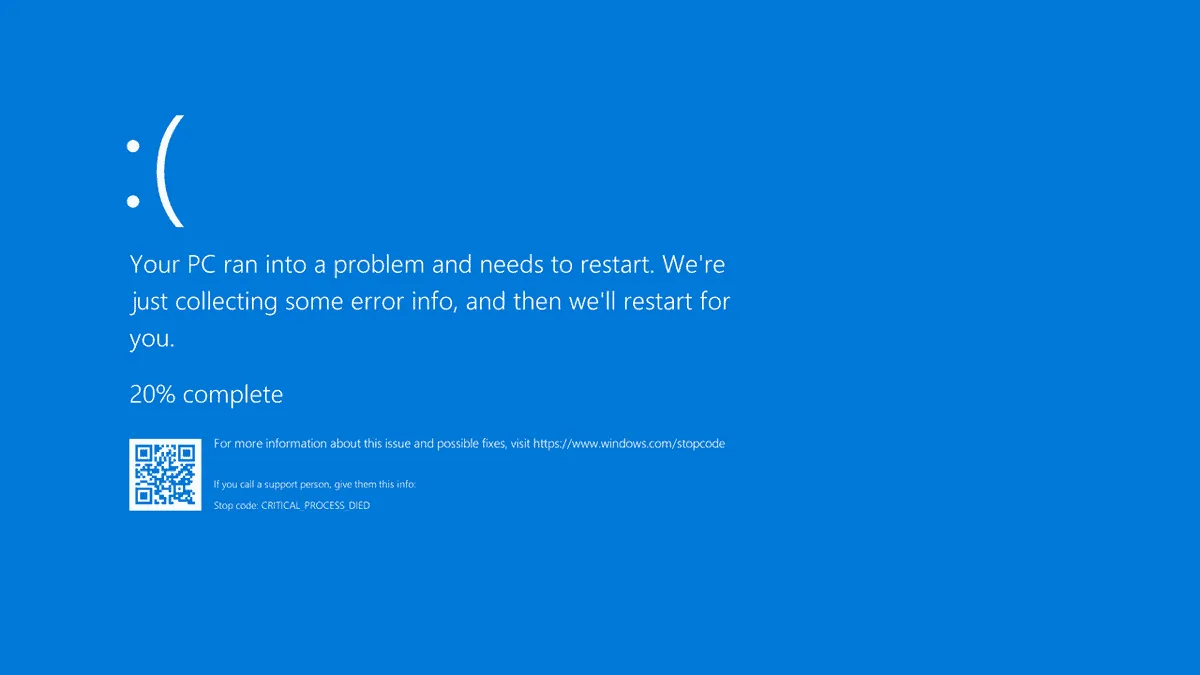Blue Screen of Death (BSOD) errors are abrupt and unwelcome interruptions that can halt your work and leave you puzzled about the next steps. These errors indicate critical issues within your Windows system, which could stem from software conflicts or hardware failures. This comprehensive guide will walk you through various methods to identify and fix BSOD errors, helping you restore your system's stability.
Check for driver issues
Outdated or malfunctioning drivers are a common cause of BSOD errors in Windows. Drivers act as a bridge between your hardware and the operating system, and if they're not functioning correctly, they can lead to system instability. Ensuring that all your device drivers are up to date and functioning properly is a crucial step in resolving BSOD errors.
Step 1: Right-click on the Start button or press Win + X on your keyboard, and select Device Manager from the menu that appears.
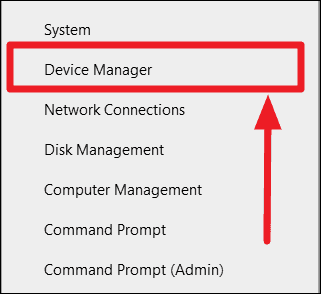
Step 2: In the Device Manager window, look for any devices marked with a yellow warning icon. This icon indicates that there's an issue with the driver for that device.
Step 3: Right-click on the device with the warning icon and select Properties from the context menu.
Step 4: In the properties window, you can see details about the issue under the General tab. Note the error message and code, which can be helpful for further troubleshooting.
Step 5: Navigate to the Driver tab and click on the Update Driver... button.
Step 6: Choose Search automatically for updated driver software. Windows will search online for the latest driver and install it if available.

Step 7: If Windows doesn't find a new driver, you can manually download the driver from the manufacturer's website. To identify the exact device, go back to the device's properties window, click on the Details tab, and select Hardware IDs from the Property dropdown menu.
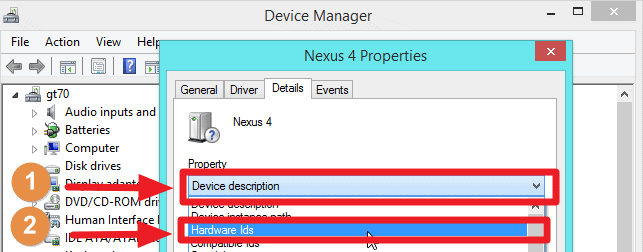
Step 8: Copy the top value in the list of hardware IDs and search for it online to find the exact make and model of the device.

Step 9: Download the appropriate driver from the manufacturer's website. Return to the device's properties window, click Update Driver..., then select Browse my computer for driver software, and locate the driver you downloaded.

Step 10: Follow the prompts to install the driver. After installation, the yellow warning icon should disappear, indicating that the driver issue has been resolved.
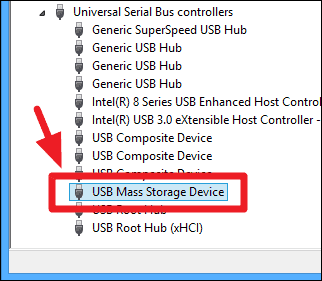
Resolving driver issues often eliminates BSOD errors caused by hardware communication problems.
Perform a System File Checker (SFC) scan
Corrupted or missing system files can lead to BSOD errors. The System File Checker (SFC) is a built-in Windows tool that scans for and repairs such files, potentially resolving BSOD issues.
Step 1: Right-click on the Start button and choose Command Prompt (Admin) or Windows PowerShell (Admin) from the menu.
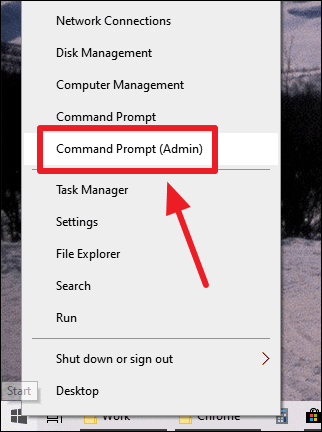
Step 2: In the command prompt window, type sfc /scannow and press Enter.
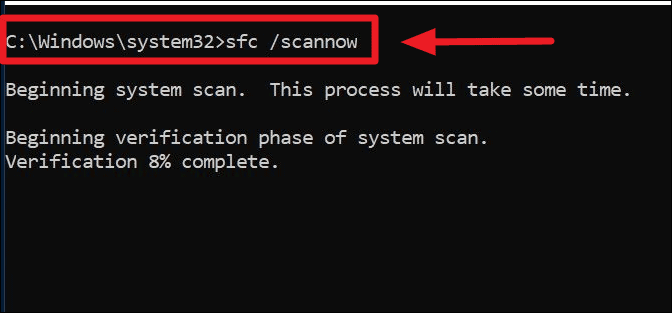
Step 3: Wait for the scan to complete. The SFC tool will automatically fix any issues it detects with system files.
Uninstall recently installed programs
Newly installed software can sometimes conflict with system processes, leading to BSOD errors. If the BSOD started occurring after installing new applications, uninstalling them might resolve the problem.
Step 1: Right-click on the Start button and select Settings.
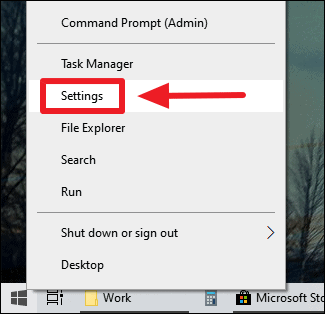
Step 2: In the Settings window, click on Apps.

Step 3: Under Apps & features, sort the list by Install date to see the most recently installed or updated apps.

Step 4: Click on the app you wish to uninstall, then click on Uninstall.
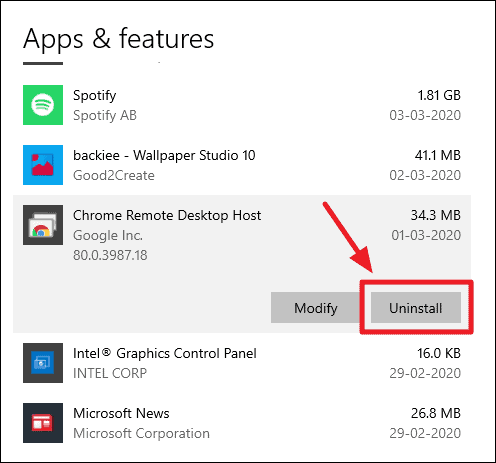
Step 5: Follow the on-screen prompts to complete the uninstallation process.
Uninstall recent Windows updates
Occasionally, a newly installed Windows update can introduce new issues, including BSOD errors. If you suspect that a Windows update is the culprit, uninstalling it might help.
Step 1: Right-click on the Start button and select Settings.

Step 2: Click on Update & Security in the Settings window.
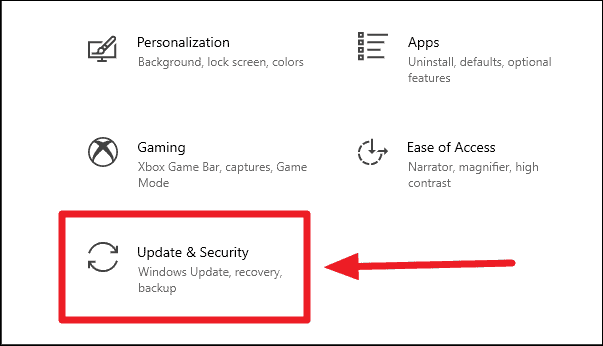
Step 3: Select View update history to see a list of recent updates.
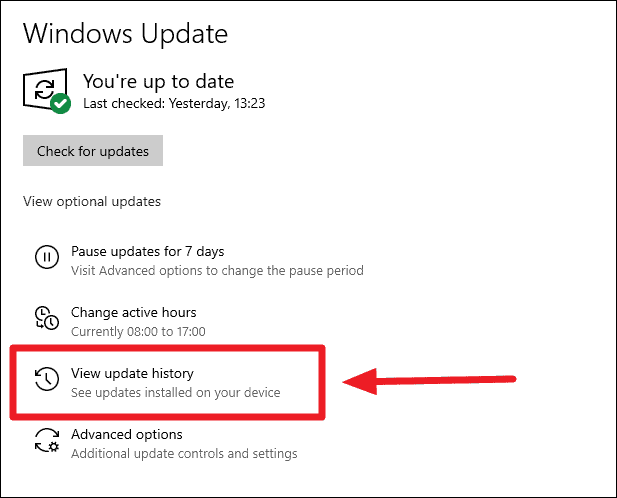
Step 4: Click on Uninstall updates at the top of the screen.
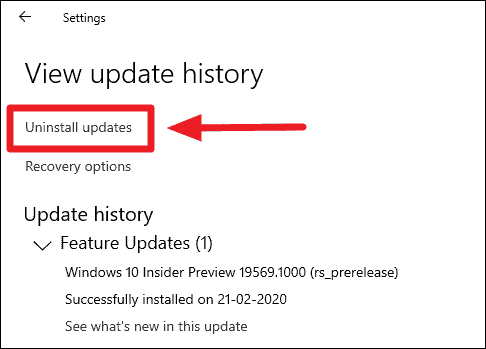
Step 5: In the Installed Updates window that opens, select the most recent update, and click on Uninstall at the top.

Find the BSOD error code
Understanding the specific error code displayed on the BSOD can help identify the underlying issue. While the error codes may seem cryptic, they point towards the cause of the crash.

Common stop error codes include:
- CRITICAL_PROCESS_DIED
- SYSTEM_THREAD_EXCEPTION_NOT_HANDLED
- IRQL_NOT_LESS_OR_EQUAL
- VIDEO_TDR_TIMEOUT_DETECTED
- PAGE_FAULT_IN_NONPAGED_AREA
- SYSTEM_SERVICE_EXCEPTION
- DPC_WATCHDOG_VIOLATION
Take note of the error code when the BSOD appears. You can search online for specific solutions related to that error.
Restore your system to a previous state
If the BSOD began occurring recently, using System Restore to revert your system to an earlier state might resolve the issue. This tool restores system files and settings without affecting personal files.
Step 1: Press Win + Q, type restore in the search box, and select Create a restore point.
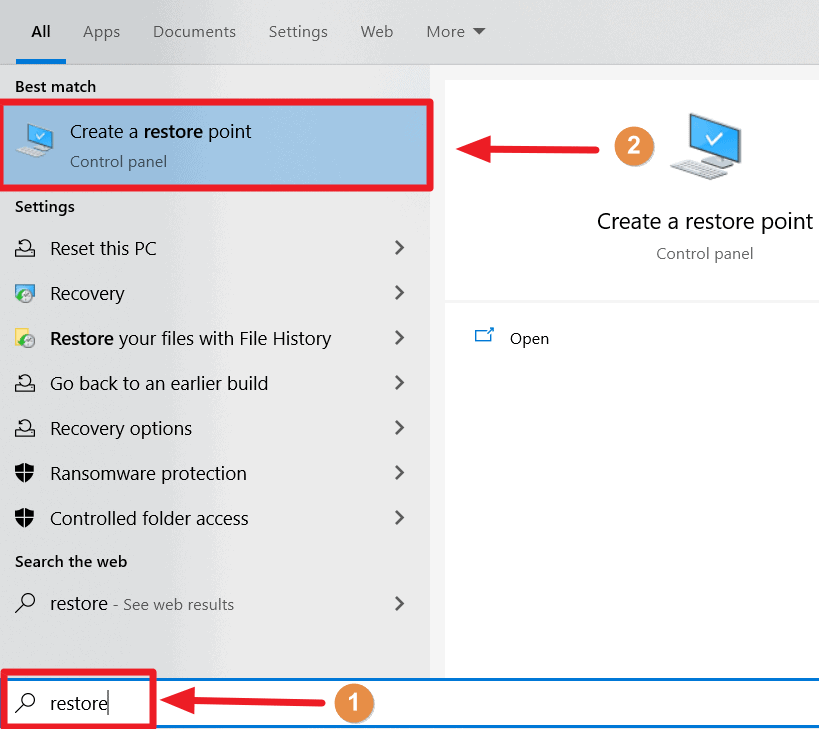
Step 2: In the System Properties window, under the System Protection tab, click on System Restore.
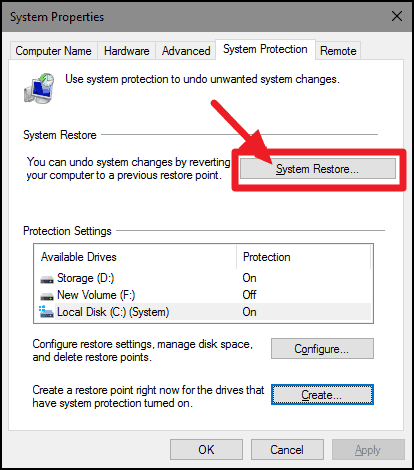
Step 3: Click Next, then select a restore point from before the BSOD started occurring. Click Next again.
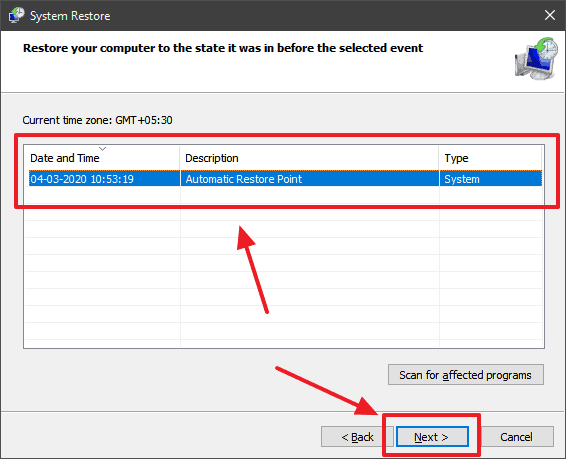
Step 4: Confirm your restore point and click Finish. Your system will restart and restore to the selected point.

Reinstall Windows 10
If none of the previous methods resolve the BSOD, reinstalling Windows 10 may be the next step. This process refreshes your system files and can fix persistent issues. Remember to back up important data before proceeding.
Step 1: Right-click on the Start button and select Settings.
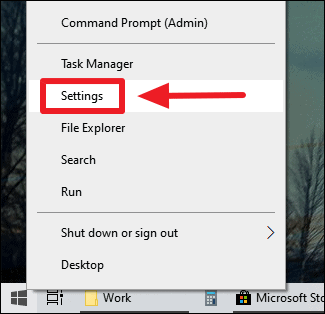
Step 2: Click on Update & Security.

Step 3: Select Recovery from the left panel.

Step 4: Under Reset this PC, click on Get started.

Step 5: Choose Keep my files to retain your personal files while reinstalling Windows. Follow the on-screen instructions to complete the process.
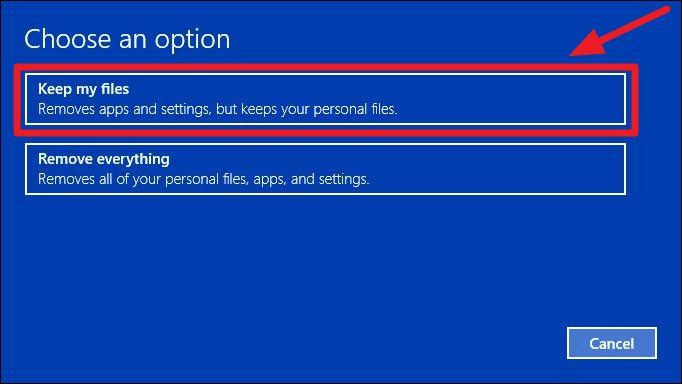
If you encounter issues starting the reset from Windows, you can perform it through the Advanced Startup options.
Alternative Step: Under Advanced startup in the Recovery settings, click Restart now.

Next: The system will restart into the Windows Recovery Environment. From here, select Troubleshoot, then Reset this PC, and proceed with the reset.
Check for hardware issues
Persistent BSOD errors can sometimes be a sign of failing hardware components. Testing and inspecting your hardware can help identify and resolve these issues.
Stress test CPU and RAM
Faulty CPU or RAM can cause system instability. Stress testing these components can reveal underlying problems.
CPU Stress Test: Use a tool like Prime95 to perform an intensive CPU test. Run the test for several hours to check for errors.

RAM Stress Test: Use MemTest64+ to test your RAM for errors. This tool will help identify any issues with your memory modules.
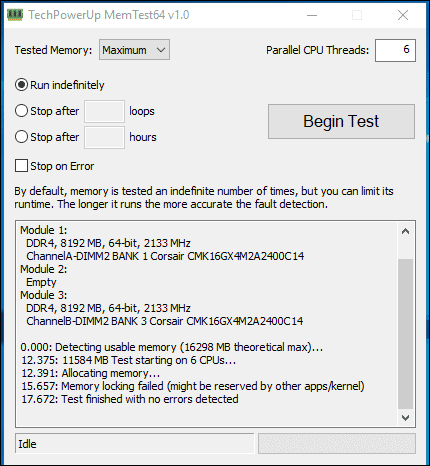
Physically check RAM modules
Dust or poor connections can affect RAM performance. Carefully remove your RAM modules, clean the contacts gently with a soft, lint-free cloth or an eraser, and reseat them.
Inspect peripheral cards
Additional hardware like graphics cards, sound cards, or network cards can cause BSODs if they fail. Try removing non-essential cards and peripherals to see if the BSOD persists.
Clean your computer's interior
Accumulated dust can cause overheating and hardware issues. Gently clean the inside of your computer case using compressed air to remove dust from components and fans.
By following these methods, you can diagnose and fix the underlying causes of BSOD errors, restoring your Windows system to proper working condition.

